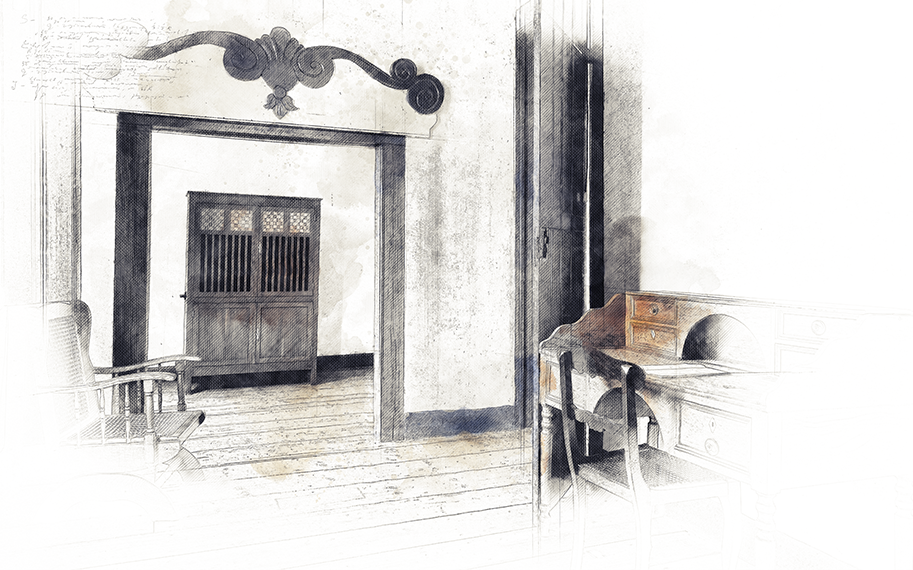
IPANEMA PREMIER CRU
An innovative approach in the search for producing the best high score coffees. A centennial farm with 35 glebes, above 1,000m, encrusted in 900 hectares of preservation areas at Mantiqueira Mountains. A new model of harvesting, processing and drying in a one of a kind new milling facility. Several profiles and diverse flavor notes scored in three editions and every year new collections.
CREATING A CONCEPT
Fazenda Rio Verde has always presented impressive numbers of productivity and quality profile. Its average of 36 bags per hectare is well above the best benchmarking figures worldwide. The taste profile of its coffees shows consistently superior cup results and several flavor notes.
THE REASONS
Studies conducted by Ipanema from 2002 until 2011 showed that the steps and decisions took by the pioneers provided singular and diverse terroirs characteristics.
During almost 20 years, from 1964 until 1992, Rio Verde owners heavily invested in the production of chicken manure, applicating it in the coffee areas to increase soil fertility. The farm had 81 sheds where 136,000 hens lived and produced 800,000 kilos of manure annually, volume large enough to fertilize half of the coffee plantation every year.
The Mantiqueira Mountains climate is mild and the rainfall frequency is quite constant with is 1,550 millimeters per year. The farm has several plateaus above 1,000 meters of altitude reaching 1,310 meters at the higher production area.
The farm was cultivated with the best varieties in terms of quality profile as yellow bourbon
yellow Catuai and red Acaia.
THE LEARNINGS
Considering such great asset, Ipanema decided to conduct a series of tests, from 2014 to 2017, to better understand the quality potential of Fazenda Rio Verde.
2014 - HARVEST
Several different methods of harvesting, such as mechanical, manual and selective picking, were tested to evaluate what would be the best choice considering the topographic conditions of Fazenda Rio Verde.
2015-VARIETIES AND MATURATION CURVE
During this crop, Ipanema harvested all glebes of the farm, every single week, picking only the ripest cherry beans and tasting them to identify what would be the best harvest moment for each spot.
Each coffee glebe, according to its location, altitude, sun face, rainfall regime and variety, presents an optimum maturation curve that guarantees high quality scores.
Coffee trees aboves 1,000 meters of altitude consistently present the best quality scores.
This optimal harvest period last for approximately 20 days.
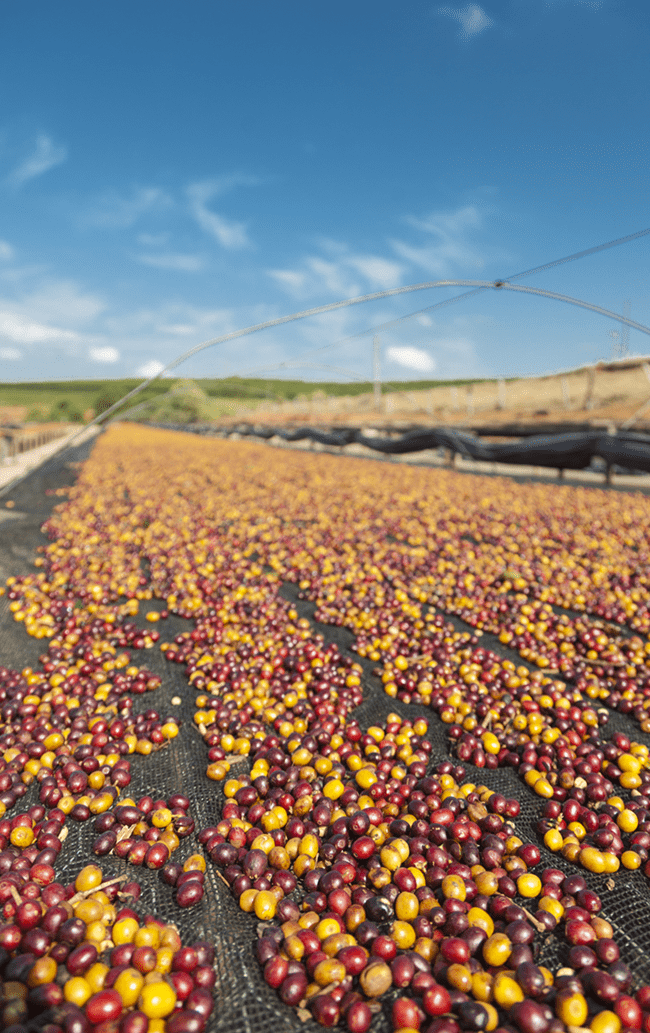
2016 - DRYING METHODS
Throughout 2016 crop, Ipanema developed hundreds of tests during months to evaluate what would be the best drying methods to ensure higher quality scores.
Several techniques and methods of natural sun drying were tested. To do so, 2,000 square meters of suspended terraces (known as raised beds) were built as well as a covered patio of 800 square meters.
The test also used a 3,000 square meters patio made of concrete.
Two new models of mechanical dryers were tested: a horizontal dryer with capacity of 7,000 liters and a vertical dryer with three layers, each one with capacity of 5,000 liters.
2017 - REFINEMENT
During the 2017 crop, Ipanema dedicated its efforts to refine and validate the methodology of harvest and processing to be implemented from 2018 onwards.
The cupping results of more than 180 different micro-lot samples were analyzed by our Q-Graders and a group of coffee specialists.
CONCEPT
Creating a state of the art farm devoted to produce the best high score coffees in an outstanding new milling structure, taking advantage of the unique characteristics Fazenda Rio Verde and the Mantiqueira Mountains.
6
PILLARSDIVERSITY
A farm with 626 hectares on the top of the Mantiqueira Mountains, with 35 different terroirs above 1,000 meters of altitude dedicated to produce high score coffees.
UNIQUENESS
Different methods of harvesting, processing and drying generating several taste profiles.
INNOVATION
An outstanding new milling facility in unique architectural design sheds.
HARMONY
A mutual beneficial coexistence of a high-tech production system and huge diversity natural environment.
KNOW-HOW
Consistence and reliability provided over 50 years of knowledge of Ipanema and its team.
LEGACY
A vision of constant innovation inspired over 130 years of farm history built by the family pioneers.
DIVERSITY
THE CRYING MOUNTAIN
THAT REACHES THE SKIES
The Mantiqueira mountains (in tupi guarani native lanquage, "crying mountain") is a mountain range in the Southeast of Brazil, with parts in the states of São Paulo, Minas Gerais and Rio de Janeiro. It extends northeastward for approximately 500 kilometers.
With a total area of 1,566 hectares, of which 626 hectares are dedicated to coffee production, 167 hectares to other crops and 773 hectares to environmental preservation areas, Fazenda Rio Verde is located in the municipality of Conceição do Rio Verde.
The region has fertile clay soils, mountainous topography with altitudes varying between 900 and 1,330 meters, subtropical climate with dry winter and average of 1,550 millimeters of rainfall per year.
Varieties as Yellow Bourbon, Yello Catuai and Red Acaia stand out in the 69 glebes of the farm. These characteristics, combined with different sun faces, are conducive to the production of high quality coffees.
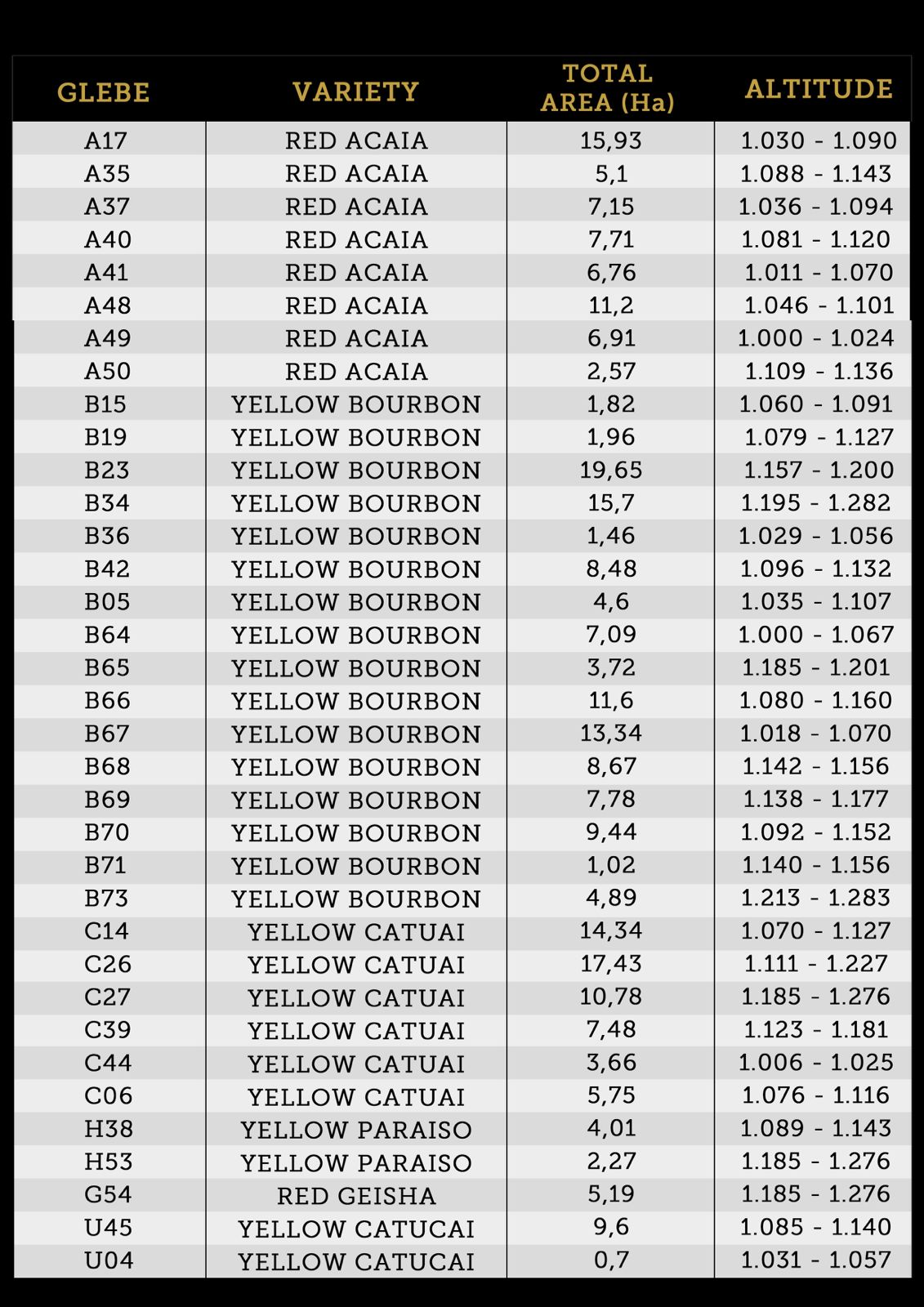

INNOVATION
AN EXCEPTIONAL ATTENTION
TO EVERY SINGLE DETAIL
The tests made from 2014 until 2017 revealed that mechanical drying equipment with lower temperatures and higher air volume ensure lots with better quality results.
INSPIRATION
The tests made from 2014 until 2017 revealed that mechanical drying equipment with lower temperatures and higher air volume ensure lots with better quality results.
Smaller dryers with capacity for lots of until 5,000 coffee liters improve the final cup result. Vertical dryers are more effective and provide better cup result in comparison to horizontal dryers.
In the specific climate of Brazil, that counts with dry winters, patios made of concrete surfaces provide a more uniform drying, guaranteeing the natural coffees quality.
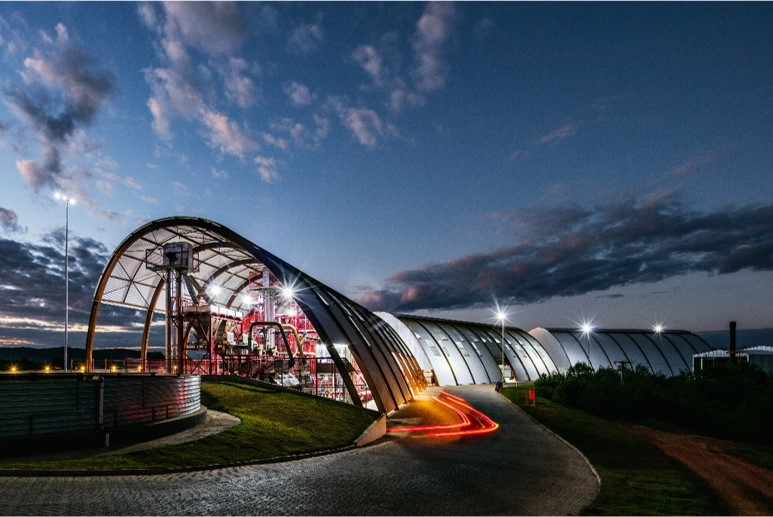
ARCHITECTURAL PROJECT: A WORK OF ART
The entire project of Ipanema Premier Cru facilities is in the hands of Brasil Arquitetura, one of the most renowned architecture offices in Brazil.
During three years, the architects joined forces with Ipanema technical and operational teams to create the farm facilities, embraced by new state-of-the-art constructions.
Innovative alternatives were used to build the milling structure. Wall structure made using soil nailing technique and a high polished hardened concrete surface were applied to create the drying patio. Weathering steel structures in parabolic format serve as roofing for the wet and dry milling sheds.
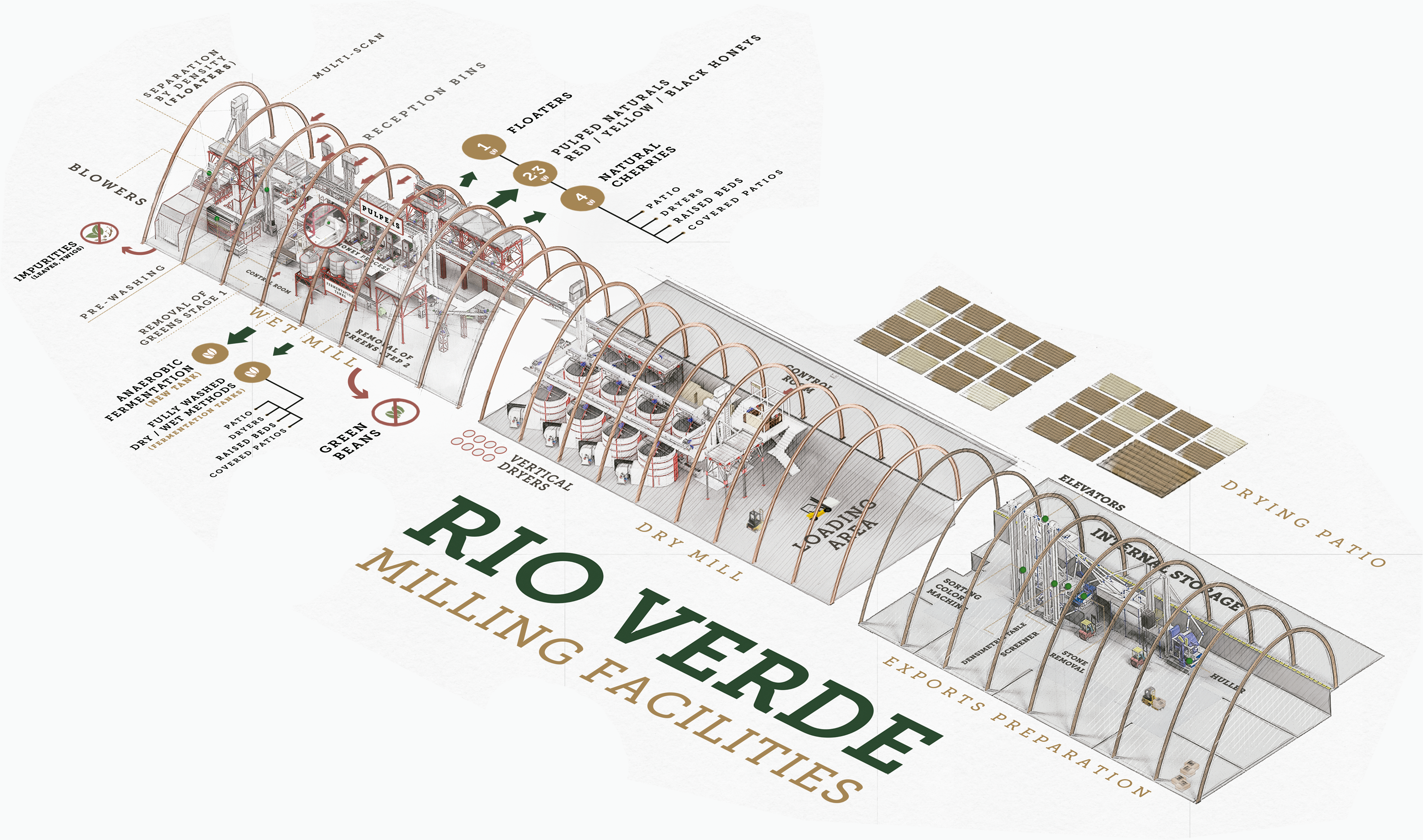
INDUSTRIAL PROJECT: ONE OF A KIND
The equipment chosen for the project reflect the most advanced technology available in wet milling and mechanical drying in the world. Ipanema and Colombian Manufacturer JM Estrada teams of engineers worked together during three years to create the industry layout. Stainless steel equipment, three stages of cleaning and a color sorting system, more efficient to separate different types of coffee cherries and maturation, were chosen also to reduce the usage of natural resources.
UNIQUENESS
REVEALING THE UNIQUENESS
AND COMPLEXITY OF EACH BEAN
Countless cup profiles and truly tailor-made solutions to ensure a consistent and constant production of high score coffee lots.
COLLECTIONS AND EDITIONS
35 glebes in different altitudes and sun faces, three harvest models and two preparation methods combined with several drying possibilities will offer countless cup profiles and truly tailor-made solutions to ensure a consistent and constant production of high score coffee lots.
Every year a new collection will be released with original brand names, turning them unique in every crop. 2018 will bring the Grano Segreto collection, the debut of the Premier Cru. Aura Matina (2019) Anima Verde (2020) and Aura Magna (2021).
In each season, every micro lot will be categorized in one of the three edition groups, revealing the complexity of the taste and its rarity. A coffee specialist team will score the lots in Black, Gold and Blue Edition grades.

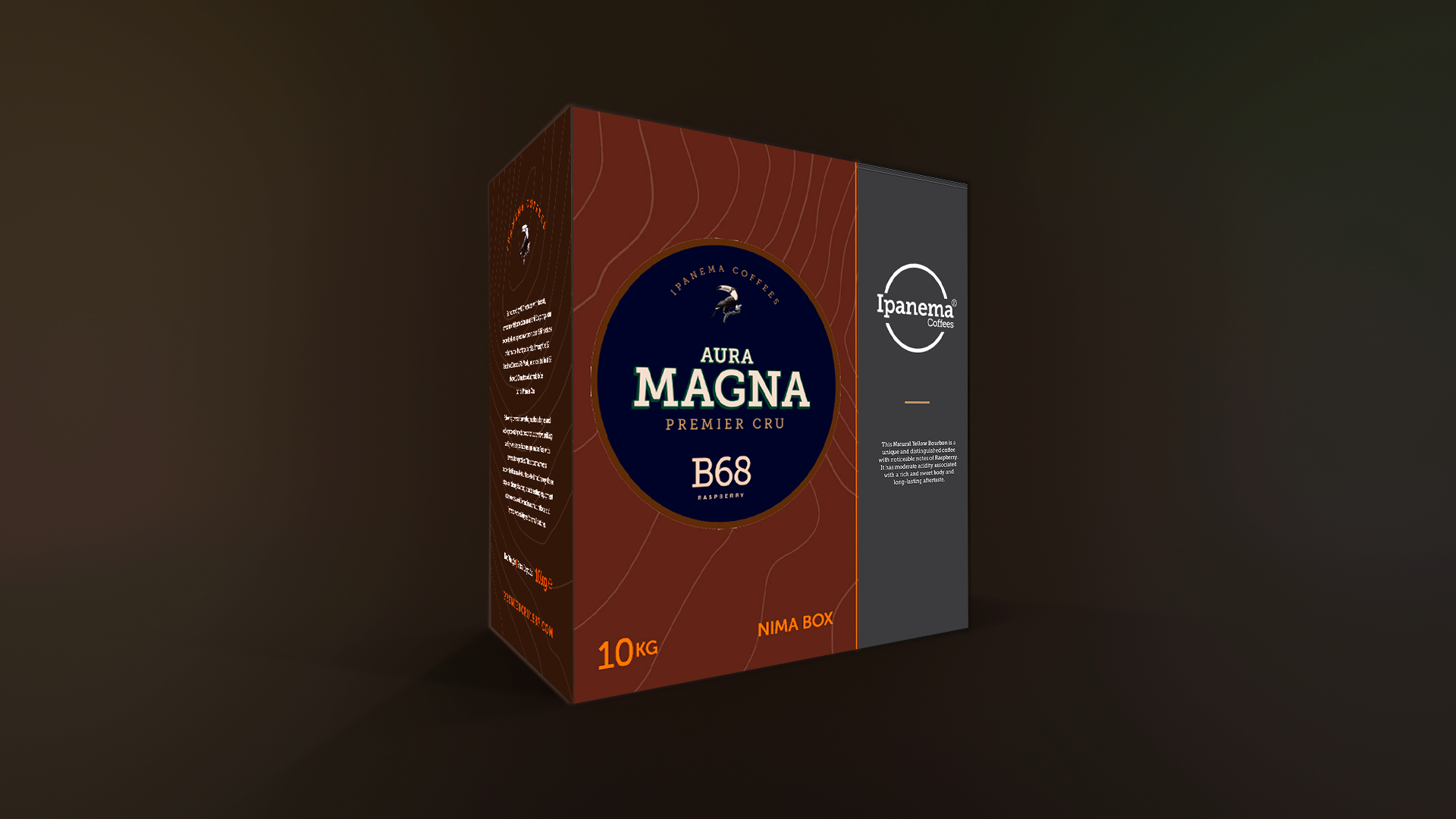
DELIVERIES
The full traceable data of each lot and how it was produced will be shared through a data sheet counting with information like glebe characteristics, processes of harvest, wet and dry milling and storage method.
The final products will be offered in tailor made packaging solutions with several different customizable packages in Grain Pro Kraft bags and NIMA boxes. Each lot will carry a QR code to make easier the access to information about traceability and lot characteristics.

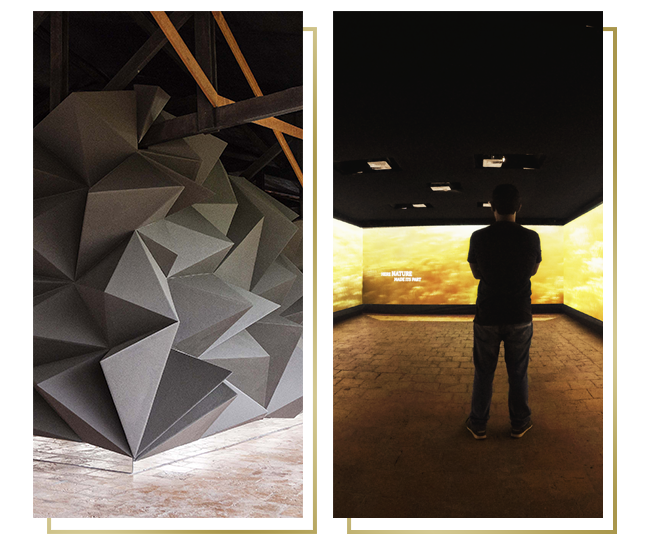
A PLACE TO VISIT
AND STAY
Of the 81 sheds built from 1964 to 1970, only two of them remained intact at Rio Verde farm. After a two-year renovation, this space was turned into the Concept House, a receptive space and permanent showroom where visitors can be hosted and experience, in a fractal shaped installation, a video mapping about Ipanema Premier Cru concept and inspiration.
HARMONY
THE PERFECT BALANCE BETWEEN
PRODUCING AND PROTECTING
Fazenda Rio Verde is real fauna and flora sanctuary with its 773 hectares covered by natural forests, 52 catalogued water springs and a complex biome that represents the beauty of the Mantiqueira Mountains highlands.
To project such jewel, Ipanema created the Environment Monitoring Center (EMC), installed in a renovated old henhouse and conceived as a center of management, analysis and monitoring of factors related to water, soil, vegetation, climate and residue.
RESEARCH ON
PRODUCTION
SYSTEM
AIM
Developing and testing new agricultural products to be cultivated in the low altitude areas of the farm, which are not used to plant coffee.
COFFEE GARDEN
An area of 20,000 square meters, 10,000 coffee trees from 48 different varieties evaluating the potential cupping quality.
HONEY PRODUCTION
160 beehives aiming to produce 1,000 liters per year and helping the pollination of native fruit trees.
MACADAMIA
Six glebes with a total of 25 hectares and an estimated production of 100 tons of nuts per year.
NOBLE TREES
22 hectares of Australian Cedar and 27 hectares African Mahogany as a reserve of value for the future.
Aiming to work on the balance between agricultural production system and conservation of natural resources, eight projects are under development in two lines of action; Research on Production Systems and Water Factory Program.
WATER
FACTORY
PROGRAM
AIM
A twenty-year plan with actions to preserve and monitor the water sources as well the local fauna and flora.
REVEGETATION
A permanent program of revegetation of the 773 hectares in order to protect riparian forests and water resources such as springs and waterfalls.
NATIVE SEEDLINGS
A nursery dedicated to produce annualy 13,000 native tree seedlings to support the Revegetation Program and foment local community initiatives.
ECO
OBSERVATORIES
A group of six observatories located strategically next to native forest areas providing a unique view of the Mantiqueira Mountains fauna and flora and including a three-kilometer ecological trail.
RESERVOIR
Eight hectares reservoir with 200 million liters created to monitor water quality as well as supplying the milling and irrigation system.
LEGACY
EXPERTISE AND INNOVATION
SHARED THROUGHOUT THE YEARS
The history of Mantiqueira Mountains occupation and its coffee planting evolution have roots in the saga of the Gomes Fernandes family back in 1870.
To share this incredible story,
Ipanema created a permanent
exhibition space in the old farm
house that was totally renovated to
show original documents, furniture
and the simplicity of life at the end of the 19th century.
Part of the old milling facilities
dated of 1960 were also kept to
show the way coffee was processed
during the 20th century.
